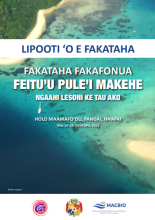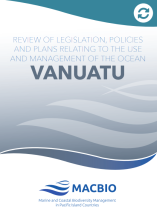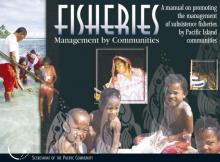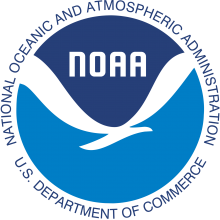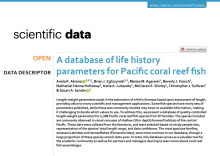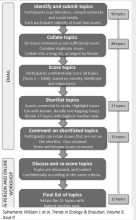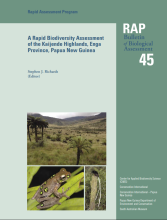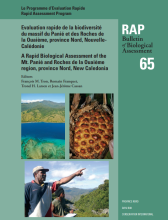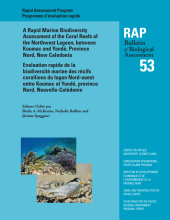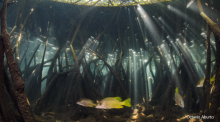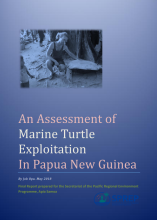
This guide forms part of a three-volume series of identification guides: Volume I – Full Carcass ID, Volume II – Processed Carcass ID [this guide], and Volume III – Dried Product ID. Each of these guides has been designed to follow a similar simple structure to guide users with no previous knowledge of sharks and rays with identification of different derivative products. This Processed Carcass ID guide was created to enable inspectors to visually identify a large number of shark and ray processed carcasses (trunks) found in trade in order to facilitate the monitoring of trade of those species listed in Appendix I and II of CITES. It has been designed to meet the need expressed by inspectors in Indonesia and other countries for an identification tool that is quick and easy to use when faced with the identification of processed carcasses.


